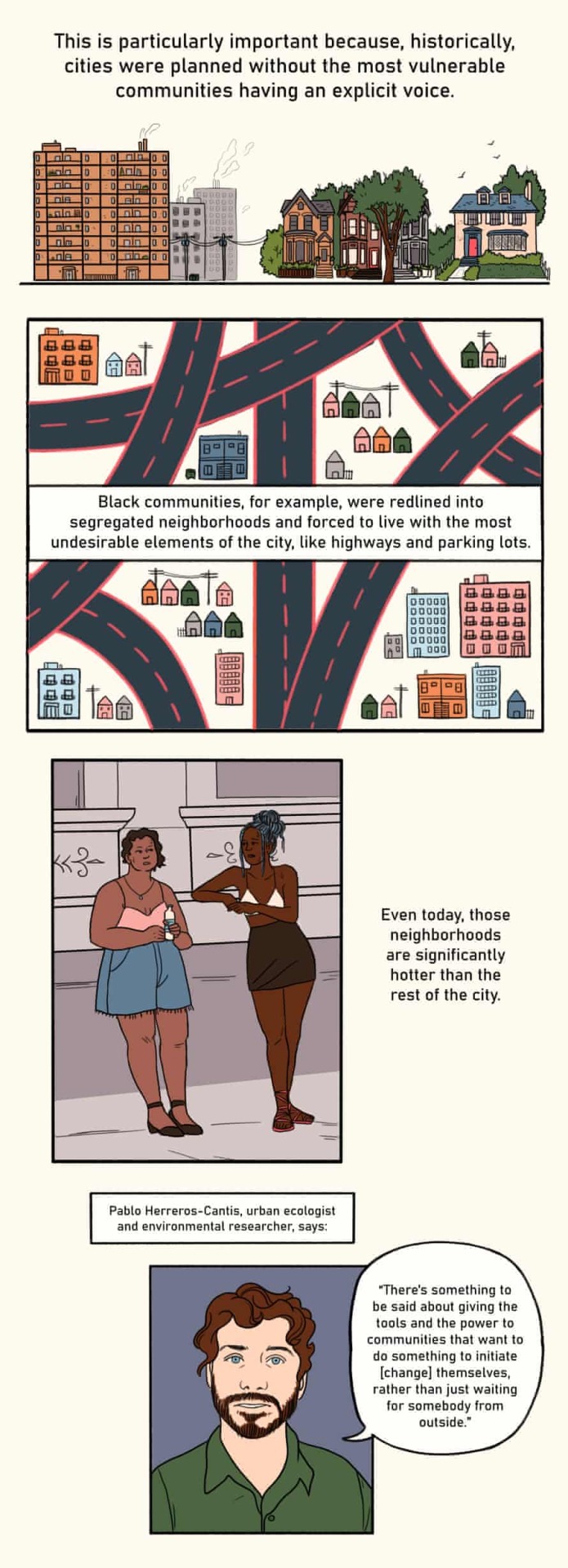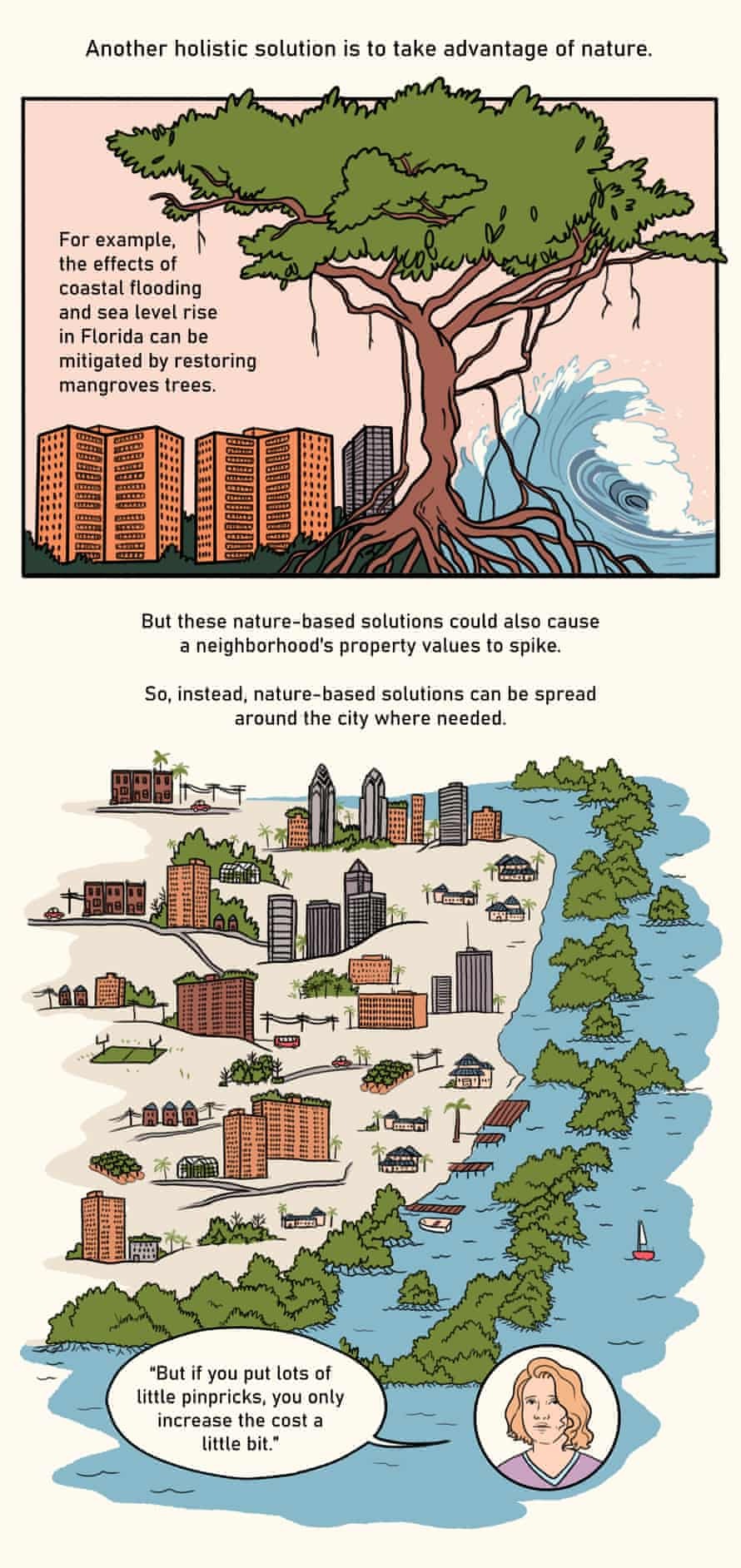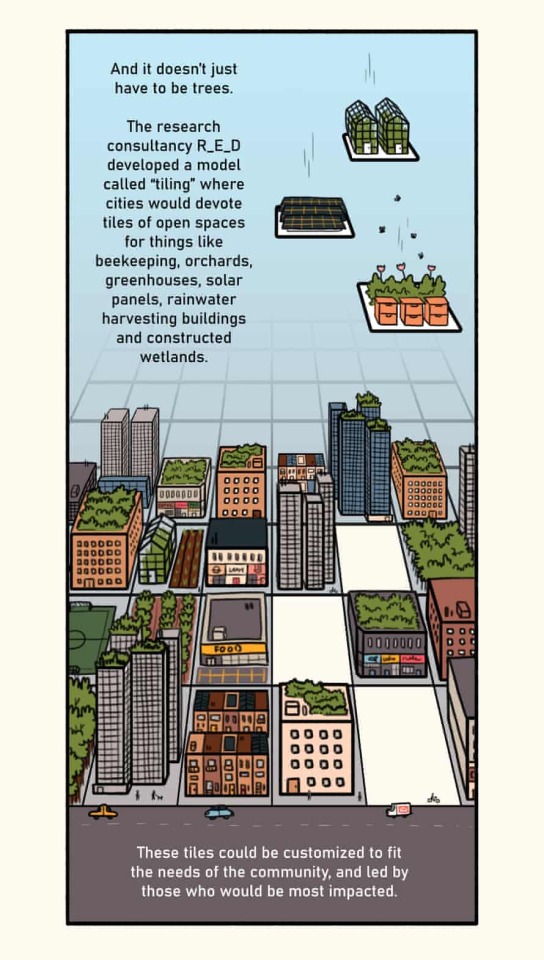blakezimmermanhouston
Blake Zimmerman, of Houston, TX, is a senior sales executive for Enchanted Rock LTD. A proud alumnus of Texas A&M, Blake has always been able to focus on a problem and come up with an effective solution. Throughout his highly successful career, Blake has utilized his passion and knowledge for application engineering, PetroChem, Plastics, and system design.
41 posts
Latest Posts by blakezimmermanhouston

Wanted to share this






Don't commodify us. Humanize us. When you commodify environmentalists for your Earth Month strategy, you are dehumanizing our culture, values, and work. While we may have heard greenwashing used, Earth Washing focuses on the mass production based on raising awareness for the protection of the planet. Unfortunately, the extraction rate to create products such as Earth Day T-Shirts, posters, or Earth Day collections is not as ethical as we think they are. To me, environmentalism is more like dismantling white supremacy, than it is a tee or a slogan. Many large-scale corporations that sell ideas of planting trees for every purchase you make are still linked to funding private prisons, slave labor, and the further depletion of natural resources in their supply chain. For many BIPOC communities, Earth Month is every day and justice is still not served. Indigenous People's world views, beliefs, and cultural traditions are essential when fighting for environmental justice. Community-based frameworks are crucial. We must elevate the ideas from Indigenous communities and communities of color that have faced high rates of injustice head on. They know firsthand what it's like to live in a world that inflicts violence, pain, and trauma on those who actively protect Earth, and to still protect it anyways. Yes, Earth Month is an opportunity for many environmentalists to get paid and recognized for our work (we're typically not the guest speaker of choice in a market based on overconsumption). While we are NOT going to shame those trying their best to earn funds for their work, we can critically extend ourselves to redistribute the funds to BIPOC activists and organizations that are often left out from media conversations. While we all contribute to forms of Earth Washing, we can always directly help those who continue to fight against environmental injustices.
-queer brown vegan







(Full collection in link)








If you’ve been trying to go plastic free for awhile you’ve probably accumulated quite a few jars some way or another. I often buy in jars and will keep them for upcycling, but sometimes I run out of ideas on how to reuse them. These are some good ways to repurpose those jars. In addition to these some zero waste stores will take cleaned jars for people who don’t have containers but are looking for a refill. While some of these are exclusively for glass, some of these ideas work for plastic containers too! Happy upcycling!
photo credit to zerowastenerd on instagram



A Nairobi Entrepreneur Is Recycling Plastic Waste into Bricks That Are More Durable Than Concrete
Most people don’t realize that conventional dairy already has been focused on sustainability, we just don’t advertise
- We sequester carbon with the crops growing for the cows
- We use organic fertilizer from the cows instead on relying on synthetic fertilizers
- We recycle all our water to grow crops for the cows
- Cows up-cycle food byproducts into usable nutrition that would otherwise go to a landfill
Cows are a valuable part of the earths ecology and ecosystems. Many dairy farms today are installing methane digesters- that take cow manure, capture the emissions, and make renewable power. Installing these systems make dairies carbon negative meaning they are taking out more emissions than they are creating.
Source: World Economic Forum, 2021
This planting technique boosts seedling survival rates from 10% to at least 90%, even in dry areas. A simple and nature based solution that helps fight climate change.

Tree House, Singapore (kevouthere)

The increasing amount of plastic being added to our environments has created intense selection pressure for microbes that can break down plastic for energy.
Looking at environmental DNA samples, researchers have found 30,000 different enzymes capable of digesting different types of plastic. Almost 60% did not fit into any known enzyme types.
While previous plastic-eating microbes had primarily been found in garbage dumps or recycling plants (locations with very high levels of plastic), the enzymes in this study were collected from soil and ocean water throughout the world, meaning this phenomenon is even more widespread than we thought.
The goal is to utilize these enzymes for more efficient recycling–essentially breaking plastic down into its basic building blocks to reduce or even eliminate the need for new virgin plastic. An enzyme created in 2020 is already being used to recycle plastic bottles in only a couple of hours.
Thanks to the anonymous individual who sent this in!

The environmental impact of most consumer electronics and electricals is highest when they are manufactured and distributed – before they are even used.
Many of us have become accustomed to hoarding or discarding old electrical products instead of repairing them, creating a mountain of electronic waste that’s growing by the day.
Every time we extend a gadget’s lifetime, we space out and slow the impacts of manufacture. The fewer new items we buy, the more we limit greenhouse gas emissions, save water and avoid using minerals that are hard to mine and harder to recycle.
The Reparaturbonus scheme in Austria can be used to cover costs of repairs of electrical devices up to a total of €200 refunded. This will cover large household items like fridges, washing machines, tumble dryers, and coffee machines but also things like computers, mobile phones, electronic toys and garden tools. This is part of Austria’s so-called ‘eco-social’ tax reform, and the scheme is set to be in place across Austria until at least 2026.
Source: Thelocal.at (link in bio)
#sustainability #austria #rightorepair https://www.instagram.com/p/CcAtWH3LHmH/?utm_medium=tumblr
IPCC: We can tackle climate change if big oil gets out of the way | US news | The Guardian

If you are reading this article, it means you care about reducing your waste and minimizing your environmental footprint. Good for you! Joining the zero-waste movement is a giant leap in the right direction. If everyone does, it could save the world. And it’s so easy! Everywhere you look, there…

Outrage + Optimism (podcast)
Want to stay in the loop on climate news?
Check out the podcast Outrage + Optimism by Global Optimism, hosted by Christiana Figueres, Tom Rivett-Carnac, and Paul Dickinson.
Every episode comes with a transcript which can be found on the podcast's website.
The authors have also written a book on climate change called The Future We Choose.
Check out my latest blog!
![Reborn. Nervion Falls, (Alava, Spain) [OC] (2048X2048) - Author: Mr-_-Blue On Reddit](https://64.media.tumblr.com/b8552d8c73d671e8de463dede1460a98/d7a15207ea046fd3-81/s500x750/b8e2dd1fe615bc5ee68f82ef96eb225952addef6.jpg)
Reborn. Nervion Falls, (Alava, Spain) [OC] (2048X2048) - Author: Mr-_-Blue on reddit


Turner Beach - Florida - USA (by Diana Robinson)

the best of nature photo
![Morning Ripples At Trillium Lake, OR [4158x5198] [OC] - Author: Ryanditch On Reddit](https://64.media.tumblr.com/08a021ea94bd7f8eafdc41aa4041581f/dfadfccac0dd9da1-1e/s500x750/26d578cb73becc7f3357fcf39f88036b864573cc.jpg)
Morning ripples at Trillium Lake, OR [4158x5198] [OC] - Author: ryanditch on reddit
![Bigfoot. A Foggy Morning In Urbasa (Navarra, Spain) [OC][1097x1536] - Author: Mr-_-Blue On Reddit](https://64.media.tumblr.com/030e59555a20b6767b208496e646fe97/2b8824f8be0812bb-66/s500x750/b6de1d25c35e3f7f9213fe3cf5a6de68c0520577.jpg)
Bigfoot. A foggy morning in Urbasa (Navarra, Spain) [OC][1097x1536] - Author: Mr-_-Blue on reddit

Cape Point - South Africa (by Allan Harris)

photo by ©mustafakılınç


wind farm palm springs.

All Dutch electric trains are now powered by wind energy, the national railway company NS has said .
“Since 1 January, 100% of our trains are running on wind energy,” said NS spokesman, Ton Boon.
Dutch electricity company Eneco won a tender offered by NS two years ago and the two companies signed a 10-year deal setting January 2018 as the date by which all NS trains should run on wind energy.
“So we in fact reached our goal a year earlier than planned,” said Boon, adding that an increase in the number of wind farms across the country and off the coast of the Netherlands had helped NS achieve its aim.
Eneco and NS said on a joint website that around 600,000 passengers daily are “the first in the world” to travel thanks to wind energy. NS operates about 5,500 train trips a day.
One windmill running for an hour can power a train for 120 miles, the companies said. They hope to reduce the energy used per passenger by a further 35% by 2020 compared with 2005.

States adjusted by use of renewable energy.

Percentage of electricity produced by renewable sources, by US state.
